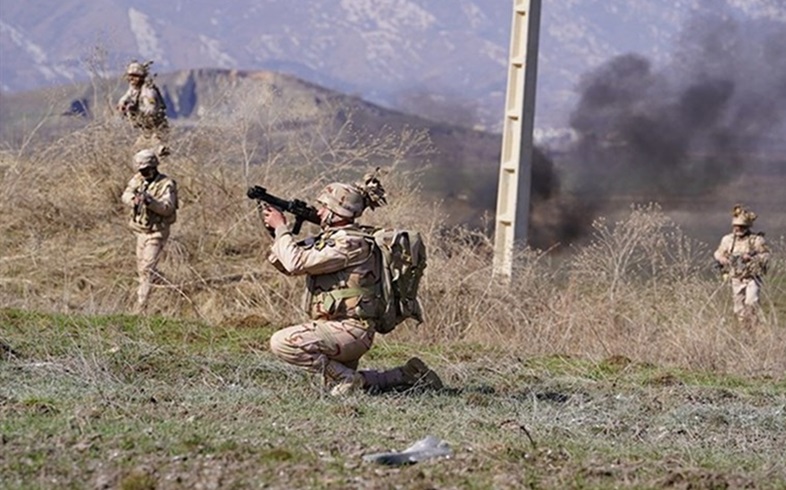Hal Wash website related to Iran’s human rights organizations has reported that 260 Afghan immigrants were killed by Iranian military forces at the Kalgan border.
This website quoted its sources that on last Sunday evening, dozens of Afghan refugees who were planning to enter Iran were targeted by Iranian military forces who were already ambushed in the area, and as a result dozens of people were killed. Refugees have been killed and dozens of others have been injured. This site also wrote that RPG was also used by Iranian forces in this attack.
By publishing a video file, Hal Wash website has documented this event with the statements of refugees who were saved from this armed attack.
Another Iranian source, “Baloch Activists Campaign”, also wrote that on Monday October 14, dozens of Afghan citizens were killed and injured due to mines placed on the border of Kalegan Saravan.
Violence, insult, mistreatment, beating and killing of Afghan immigrants by the government of Iran and its citizens is not a new thing and many such cases have been reported in the past years. Safidsang camp is known as Iran’s most terrible torture camp for Afghans. There are reports that over the years, a large number of detained immigrants have died after being transferred to this camp due to terrible torture by Iranian soldiers or due to various diseases. It is also stated in the memoirs published by the rescued refugees from this camp that Iranian soldiers used the bodies of Afghan refugees who died in this camp as prey for wild animals.
Iran’s tyrannical policy against Afghan immigrants has intensified in the last one or two years, and hundreds of thousands of Afghan refugees have been forcefully and violently expelled from the country.
The direct military attack on the Afghan refugees is perhaps the most important and deadly killing that the Iranians have committed against the homeless and displaced Afghans.











Read More
In 2024, government offices in Bamyan generated approximately 852 million AFN in revenue
Completion of Imam Khomaini Specialized Hospital Construction in Bamyan
The Impact of U.S. Aid Cuts to Afghanistan